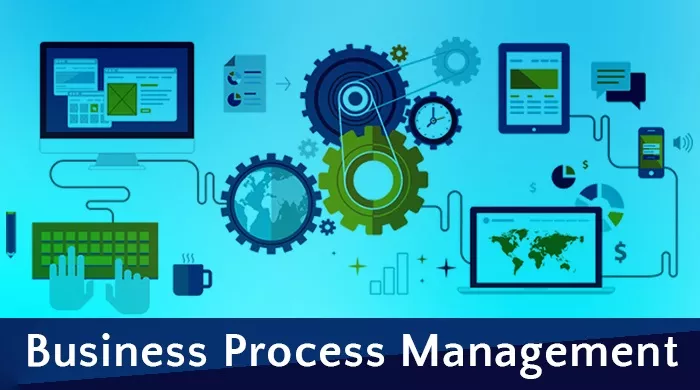What Is BPM?
Business process management (BPM) involves modeling, analyzing, and streamlining end-to-end business processes to assist in meeting your strategic business objectives, such as enhancing your customer experience journey and enabling the digital transformation of the organization.
It’s a series of steps that assist a company in achieving a specific goal. With BPM, you can examine your current processes to identify ways to become more efficient, cut costs and errors, and bolster digital transformation endeavors.
BPM is a perpetual process that, that will gradually result in better business outcomes. By practicing BPM, you can do away with piecemeal workflow management practices and streamline business operations to provide better products and service experiences to your customers.
Business Process Management Purpose
When the process is left unsystematized and unorganized, poor business procedures can bring about pandemonium. From an individual standpoint, people only observe one fragment of a process, and hardly anyone can see the entire impacts of a process, where it starts and finishes, the vital data required, and where probable bottlenecks and inefficiencies might be.
BPM Life Cycle
When referring to a holistic approach to improving business performance by managing and constantly measuring business processes. To be successful at BPM, organizations need to go through five stages in a journey to process excellence.
Design: This is the stage where you map out the existing processes and identify opportunities for improvement. This is done through process analysis and business process modeling with better exception handling.
Model: Once you have a good understanding of the current state of your processes, you can start to model the future state. This involves designing the processes in a way that is able to overcome the current challenges and bottlenecks by initiating some of the time-consuming activities parallelly thus reducing the TAT.
Execute: Once the processes have been designed, it’s time to put them into action. This stage includes implementing the processes and ensuring that they are being followed correctly.
Monitor: It’s important to constantly monitor the performance of your processes to ensure that they are meeting the desired objectives. This can be done through process performance metrics, TAT monitoring, and analytics, by raising alarms and triggering through SMS, WhatsApp & mail well in advance to take corrective measures using the early warning system capabilities of the BPM platform.
Optimize: As your processes mature, you will need to continuously optimize them to ensure that they are still effective, improvising & tweaking the process to meet the immediate & long-term organizational goals & get a competitive edge, making quick changes to enhance the effectiveness of current process on-the-fly.
Benefits Of Business Process Management
Business process management systems can help companies become more agile in today’s fast-paced world. It can also help organizations to be system dependent rather than person dependent by automating tasks, which can free up time for other activities. Additionally, a BPM system also helps you to track your progress and ensure that your processes are compliant with regulations.
- Well-designed and planned business processes help organizations to
- Reduce TAT then increase efficiency by automating tasks and processes
- Reduce Business Risk
- Better response to changing market conditions
- Improved customer satisfaction
- Increase productivity & profitability
Final Thoughts
Business Process Management can help you to save time, money, and stress by automating all tasks and processes, freeing up your time to focus on more important things with a complete activity-wise TAT monitoring system & 100% audit trail. Overall, Business Process Management can have a big impact on the work-life balance of not only your team but also your customers by making the processes easier and more efficient.
